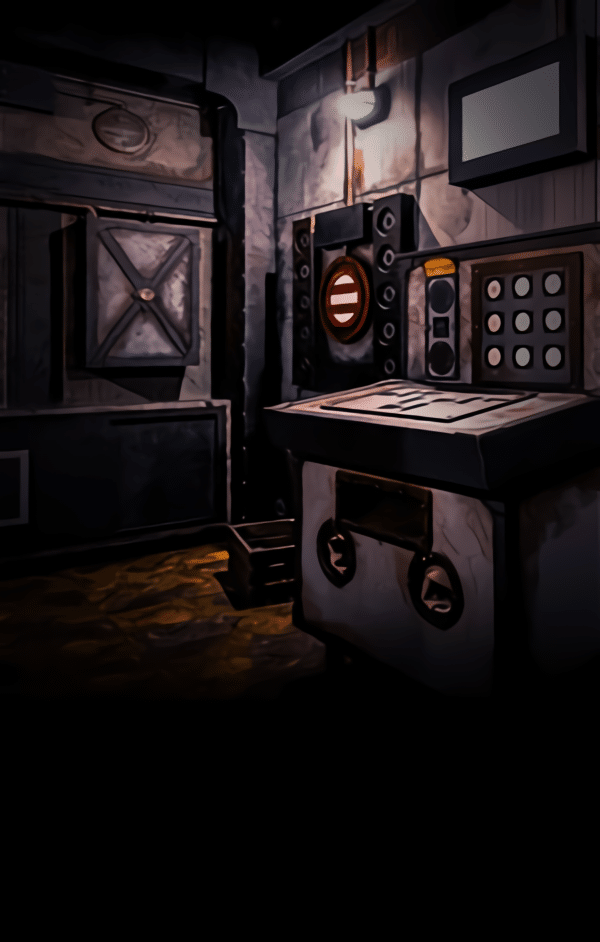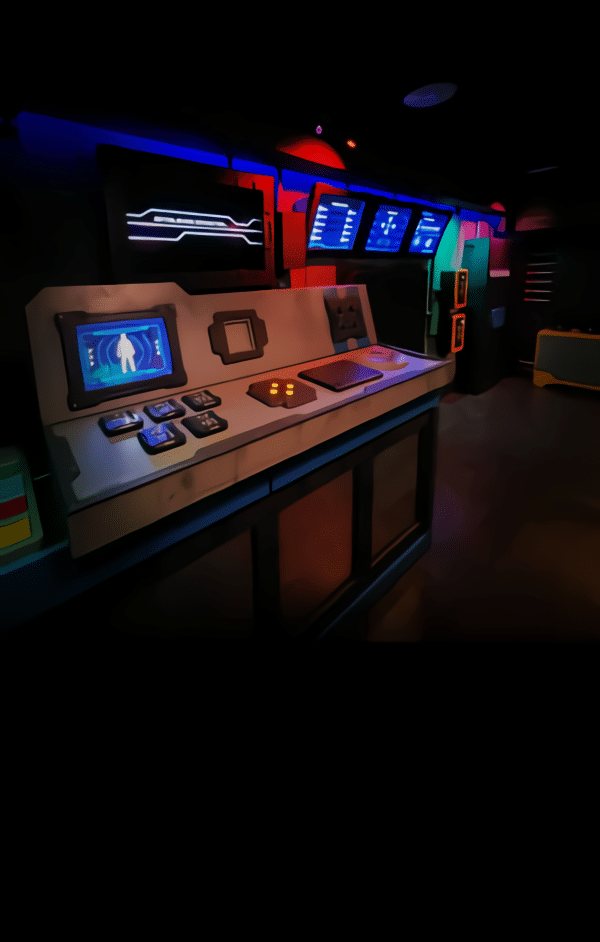Understanding the Time Limit in the Escape Room NYC Mission Escape Game
In every escape room NYC mission escape game, teams are given a specific time frame—usually 60 minutes—to solve a series of puzzles and challenges. The countdown clock adds excitement and urgency, pushing players to think quickly, collaborate, and act under pressure. The time limit isn’t meant to intimidate; rather, it enhances immersion and teamwork as groups strategize and adapt to unfolding clues.
Even if a team doesn’t solve all puzzles before time runs out, the experience remains rewarding. Each clue solved represents collective effort, communication, and critical thinking. The game is designed to keep everyone engaged, regardless of whether the ultimate mission is completed. The thrill comes not just from escaping, but from the shared moments of discovery along the way.
What Happens When Time Runs Out
When the timer hits zero, the game ends—regardless of how close the team is to solving the final puzzle. However, players aren’t left hanging. The game master, who monitors the session, usually enters the room to debrief the team. They explain missed clues, reveal the final solutions, and highlight how close the team was to finishing.
This debriefing process helps teams understand their performance and identify moments where communication or observation could have improved. For many groups, the discussion afterward is one of the most memorable parts, offering closure and insights that deepen appreciation for the challenge.
Learning from Unsolved Puzzles
Failing to complete every puzzle isn’t the end of the story—it’s a chance to learn. Escape rooms like Mission Escape Games design puzzles that test a mix of skills: logic, observation, and creative reasoning. When a team doesn’t finish, it’s often due to time spent on trial and error or missed connections between clues.
Reflecting on what went wrong can sharpen future performance. Some teams return to replay a different room with new strategies, dividing roles more effectively or communicating more clearly. Others replay the same theme to test what they’ve learned. Either way, every game provides insight into how a group functions under pressure.
The Role of the Game Master
The game master is more than a silent observer—they are the link between the team and the game’s narrative. Throughout the session, they provide hints or small nudges when teams are stuck, ensuring that the experience remains engaging rather than frustrating.
When time expires, the game master helps bridge the gap between mystery and understanding. They reveal hidden mechanics or puzzles the players didn’t reach, which can make the ending feel complete even without victory. Their insights often make players realize just how much progress they made and encourage them to return for another challenge.
Emotional and Team-Building Aspects of Not Escaping
Not escaping doesn’t mean failing. The real measure of success in an escape room is teamwork, creativity, and shared excitement. When teams run out of time, they often bond over the collective effort. The laughter, tension, and problem-solving moments foster a sense of accomplishment that goes beyond winning.
In group settings—corporate teams, families, or friends—this dynamic is especially valuable. It builds communication and trust under timed conditions, translating into better collaboration outside the game. Mission Escape Games’ design ensures that even when the clock wins, the players walk away feeling enriched.
Replay Opportunities and Second Chances
Players who don’t complete the mission the first time often want another go. Some escape rooms offer multiple versions of the same challenge, such as End of Days A and End of Days B, providing similar but distinct experiences. This allows returning players to apply lessons learned while still enjoying fresh puzzles and twists.
Replaying also adds a new layer of excitement. Knowing the flow of puzzles helps teams refine their coordination and speed, often leading to a successful escape. For many, this redemption round feels even more satisfying than the first attempt.
The Design Philosophy Behind Time Constraints
Time limits aren’t just for thrill—they’re deliberate design tools. The tension of the ticking clock heightens emotional engagement and encourages intuitive thinking. Game designers balance puzzle complexity with the allotted time to create a rhythm of discovery, challenge, and reward.
Even when teams don’t finish, this pacing ensures that they’ve experienced most of the story arc. Players leave feeling challenged but not defeated—a hallmark of good escape room design. Mission Escape Games uses this structure to make every minute count, keeping energy levels high from start to finish.
Tips to Improve for the Next Mission
If a team fails to solve all puzzles, a few strategies can improve the next attempt:
-
Assign roles early. Have a leader, a clue tracker, and a puzzle solver.
-
Communicate constantly. Share every finding out loud—what seems small might be the key.
-
Use hints wisely. Don’t hesitate to ask for help when time is slipping.
-
Stay organized. Keep used and unused items separate to avoid confusion.
-
Manage time. If a puzzle takes too long, move on and revisit later.
By applying these tips, future games become smoother and more enjoyable, even under pressure.
Conclusion
Running out of time in the escape room NYC mission escape game isn’t a failure—it’s part of the experience. The goal is not just to escape but to engage your mind, communicate effectively, and share the thrill of the challenge. Every unsolved puzzle is a stepping stone to better teamwork and sharper problem-solving next time.
Mission Escape Games ensures that every team, whether they escape or not, leaves with a sense of adventure, laughter, and accomplishment. The clock might stop, but the story you create inside those walls lasts much longer.
Frequently Asked Questions
1. What happens if we can’t solve all the puzzles in time during the escape room NYC mission escape game?
If you run out of time, the game ends, but the game master will debrief your group, explaining any unsolved puzzles and revealing how close you were to escaping. You’ll still get a full experience and insight into your performance.
2. Can we try the same escape room again if we fail to escape?
Yes, you can replay the same escape room. Some teams return to complete unfinished puzzles or to beat their previous time. Mission Escape Games often rotates puzzles slightly to keep experiences fresh.
3. Will the game master give hints if we get stuck?
Absolutely. The game master monitors your progress and can provide hints when needed. The goal is to keep the experience fun and fair, not frustrating.
4. How long does each escape room session last?
Most games last around 60 minutes, though briefing and debriefing time before and after can extend the total experience to about 75–90 minutes.
5. What should we do differently next time to succeed?
Focus on teamwork and communication. Divide responsibilities, share discoveries, and use hints strategically. Learning from your first experience is key to escaping successfully next time.







